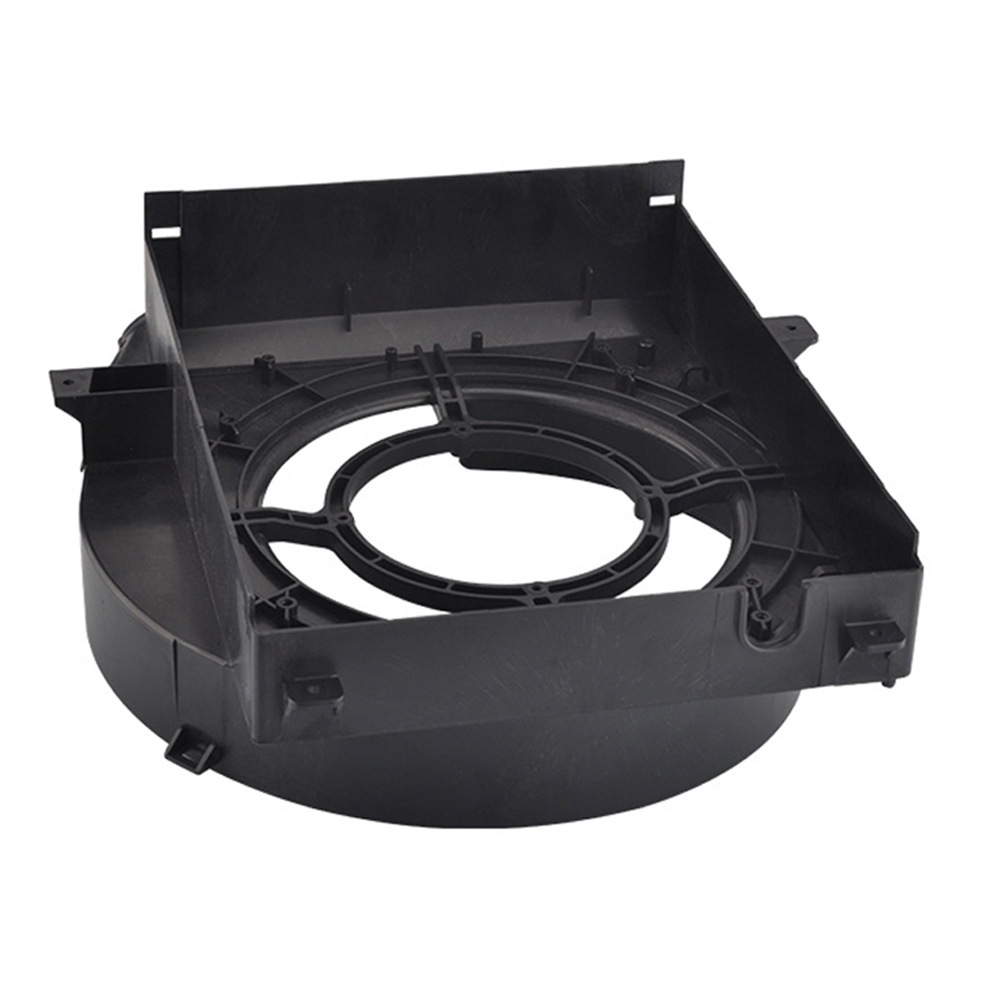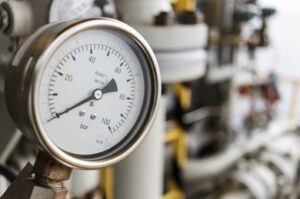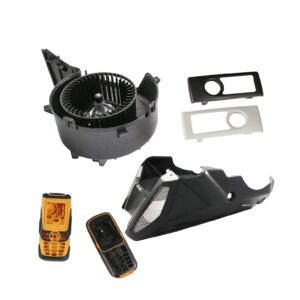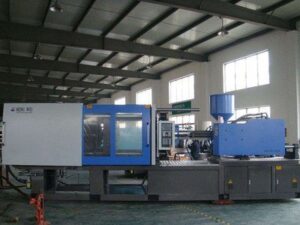Generally speaking, molding plastic is the process of bringing the desired shape or design of a product into reality. It can be done with a variety of materials, such as glass, metals, elastomers, and thermoplastic polymers. The process of molding plastic involves injecting molten material into a mold
Compression molding
Among the various processes used for shaping plastics, compression molding is considered to be one of the most cost-effective and efficient. The process uses pressure and heat to create intricate, durable and highly functional parts.
Compression molding plastic is used in nearly every industry. The process is used for producing electrical components, car parts, and oil and gas equipment. It is also used to manufacture parts from polymers that aren’t suitable for other molding processes.
The compression molding process is simple. It is based on using a heated plastic charge to compress the mold cavity. The material is compressed out of the mold in a horizontal direction. The part is then cured and removed from the mold. In this process, there are no gates or runners needed.
Horizontal molding vs vertical molding
Choosing a vertical or horizontal molding machine requires several factors. However, there are advantages and disadvantages to both methods. Before deciding, you should look at the specific needs of your company.
A vertical molding machine may offer advantages in terms of speed, cost, and safety. It is also known for its versatility and quality. However, it may not be a good fit for certain applications, like medical injection molding.
Injection molding is a process of applying liquid plastic to a mold cavity. The liquid plastic hardens and takes on the shape of the mold cavity. Once the process is complete, the mold is ejected and the parts fall into a bin or onto a conveyer belt.
The vertical injection molding machine has a simpler structure and a higher productivity. The machine also requires less clamping force.
Rotational molding
Various methods of producing hollow plastic articles using rotational molding are known. In this process, successive charges of particulate plastics are released in a rotating mold cavity. These successive charges coalesce along the wall of the mold cavity, forming a hollow, enclosed molded article.
The rotational molding process has several advantages. In addition to producing hollow articles with variable geometries, it also provides excellent uniformity of the wall thickness. Moreover, the molded articles can be fully recyclable. It also provides a wide range of colors and finishes. It is used in a variety of industries. These include consumer furniture, storage tanks, toys, and shipping drums.
However, there are limitations to the rotational molding process. One of the main limitations is the high cycle time. Cycle time can be reduced by reducing the internal temperature and pressure in the mold. In addition, water spray cooling can reduce cycle time by up to 70%.
Extrusion molding
Basically, extrusion is a process that turns solid plastic into a viscous fluid. It can be used for several purposes, including making plastic sheets, lamination applications, sound barriers, decorative panels, food containers, and plastic trays. It also can be used for plastic pipes, hoses, and tubes.
In the process of plastic extrusion, the material is heated until it becomes a melt, then pushed through a specialized die under pressure. After a period of time, the molten plastic is forced out of the die and into the mould. The mould is then cooled and hardened to form the finished product.
Plastic extrusion is one of the most common manufacturing processes in the plastic industry. It can produce a variety of continuous lengths, solid shapes, and cross-sections. It is also a relatively inexpensive and easy process.
Vacuum forming
Using vacuum forming processes, manufacturers can create a variety of plastic products. These include items for the home, food and beverage industries, electronics, medical, and automotive industries. Vacuum forming processes are also used to create molds for ceramics.
Vacuum forming is a more complicated process than injection molding, but it has many advantages. It allows manufacturers to create prototypes and test new designs. It is also a good choice for small-scale production.
When choosing the type of plastic to use for vacuum forming, manufacturers should consider the strength and rigidity of the material. Polyvinyl chloride, one of the most common plastics used, is chemically resistant and has excellent tensile strength. However, it is not recommended for use in acidic solutions or high alkaline solutions.
After the plastic has reached its desired shape, it must cool. For larger pieces, manufacturers may use fans to speed the cooling process. They can also spray mist to help cool the material.






